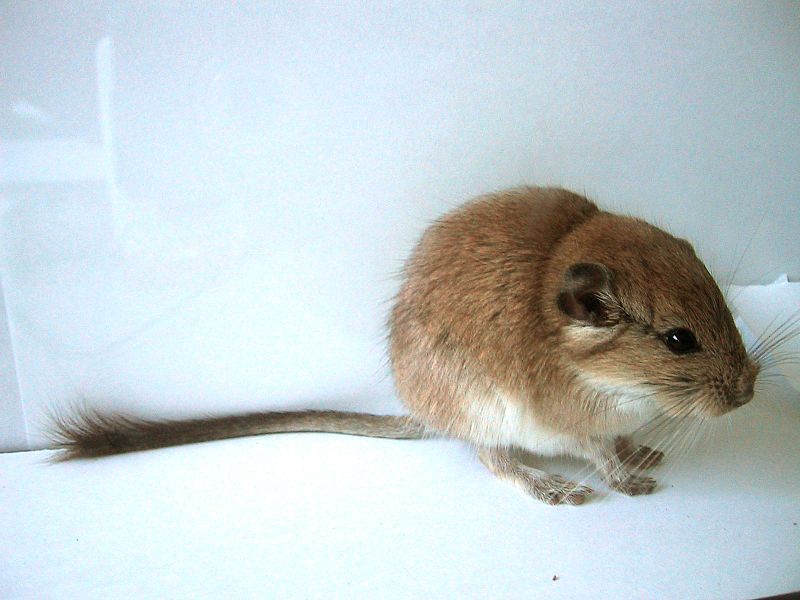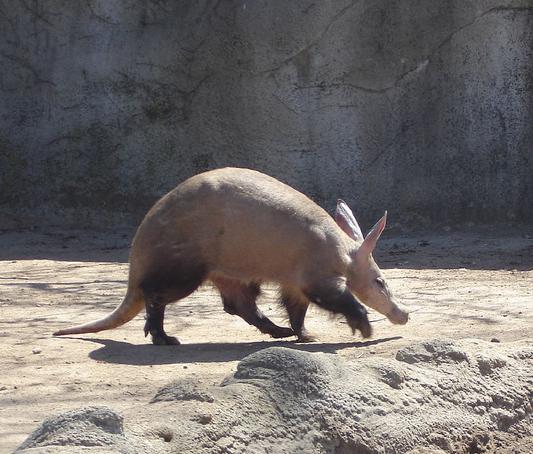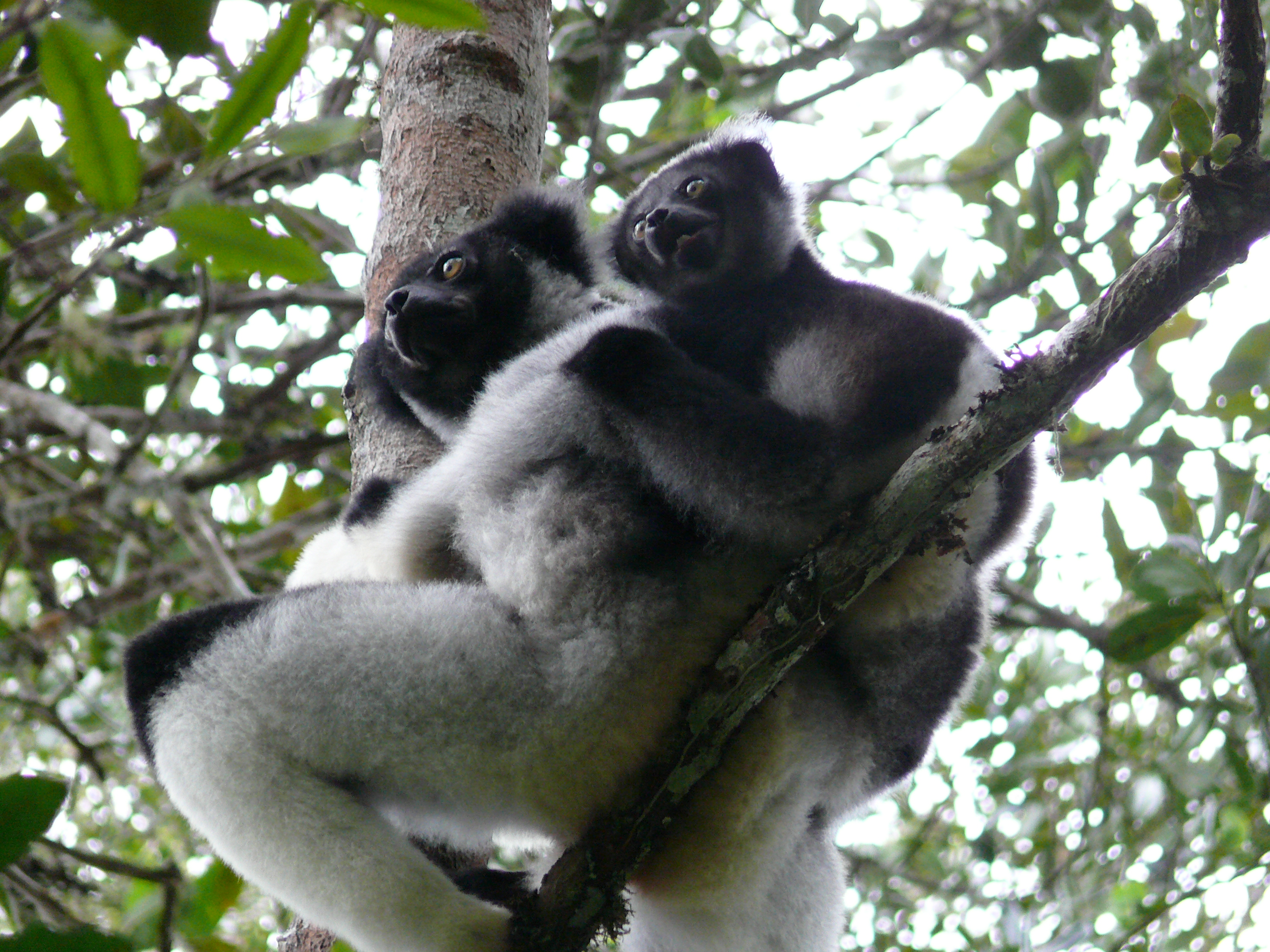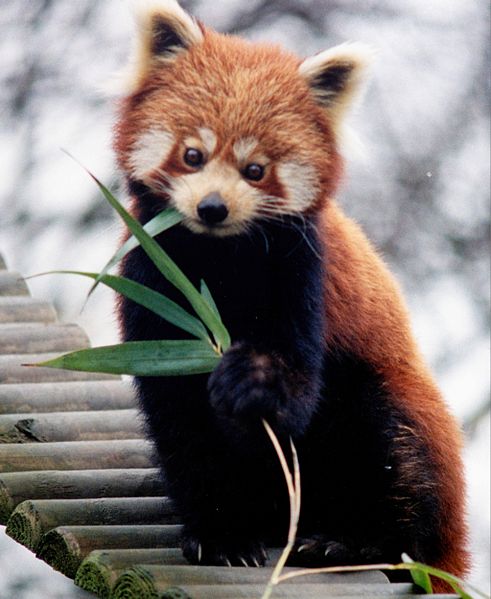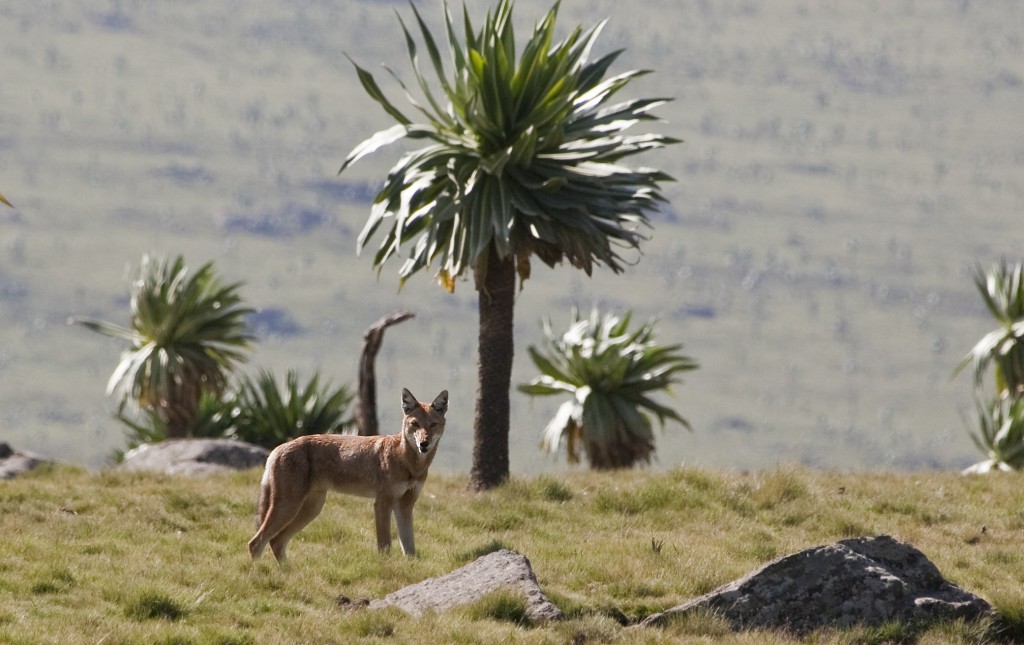
Congratulations for making it to the end of another great week. To celebrate, I thought we could take a short trip to learn all about the Ethiopian Wolf. Can you guess where we need to go in order to see today’s featured animal? If you guessed Ethiopia then you are…….correct! Yeah, there is really no suspense or misleading with this animal. Well, I guess that isn’t entirely true, since the appearance of this creature had people thinking it belonged to the fox family for a very long time. For the record, it belongs to the wolf family….not the cuddly fox family.
The Wolf With Many Names
This uncertainty about their classification has lead to this species receiving numerous names. Any of the following names, all represent the same animal:
- Abyssinian Wolf
- Abyssinian Fox
- Red Jackal
- Simien Fox
- Simien Jackal
- Red Fox
- Ethiopian Jackal
- Ethiopian Wolf
No matter what, these poor animals must have been so confused on the first day of school when the teacher asked them their name.
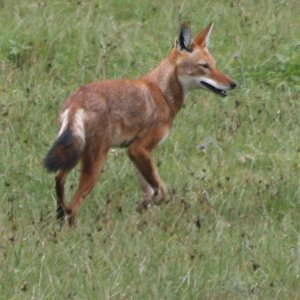
What makes the Ethiopian Wolf so special?
Well, for starters, all animals are special in their own way. I find the social habits of this particular species very intriguing. Typically, canine species such as wolves will live in packs in order to be more successful at hunting. Today’s featured wolf lives in packs but they hunt by themselves. I guess you don’t need a large gang to catch rodents, the primary food sources of the Ethiopian Jackal. Although they don’t hunt together, this pack will live and defend their territory together. Generally, these social groups are extended families composed of all the males born into the family over the last several years with one or two females thrown in for good measure.
An Unfortunate Trend
Unfortunately, the population of the Ethiopian Wolf has decreased to less than 500 individuals. Even more disturbing is the fact that the population continues to decline rapidly. The cards are definitely stacked against these beautiful animals as they have to deal with agricultural practices, disease, hybridization with dogs, hunting, and high altitude grazing, just to stay alive. Luckily there are people out there such as Dr. Claudio Sillero that have devoted much of their life to the survival of this species. If you would like to get involved, I recommend checking out the Ethiopian Wolf Conservation Programme.

